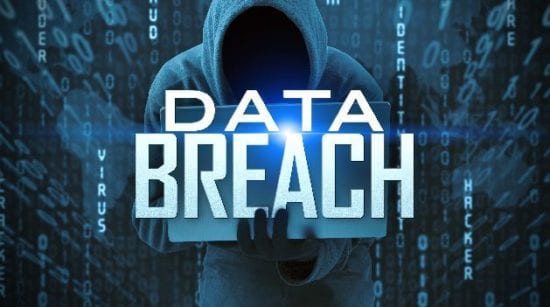 While organizations of all sizes can save a lot of time and money these days thanks to technology, not to mention develop a whole business idea around the use of it, the downside of our digital age is how rife cyberattacks are.
While organizations of all sizes can save a lot of time and money these days thanks to technology, not to mention develop a whole business idea around the use of it, the downside of our digital age is how rife cyberattacks are.
Hacking is unfortunately on the rise and often targeted against businesses. As noted by professional liability insurer Beazley in a July 2016 report, there was a significant increase in cyberattacks against American financial institutions last year in particular, as well as a marked rise in general data breaches in the first quarter of 2016. Similarly, when you look globally, the IBM-sponsored 2016 Ponemon Cost of Data Breach Study reported that the average consolidated total cost of data breaches for businesses rose from $3.8 million to $4 million in the 12-month period.
Small businesses seem to be targeted continually by hackers too. In fact, according to research released last year by the cybersecurity firm Symantec, 52.4 percent of the spear phishing victims were actually small to medium enterprises.
If you’re alarmed and worried about these statistics, do keep in mind that there are a number of strategies you can follow to protect your organization and team from falling prey to hackers. Read on for some top tips you can follow today.
Be Aware of Common Scams
A great way to keep your business safe is to be aware of some of the most common scams that cybercriminals use to gain access to information, so that you don’t fall for their tricks. For starters, never open emails, attachments or links which are sent to you by people you don’t know, or which otherwise attract your suspicion. Hackers regularly catch many unsuspecting people out who open or click without thinking, and who then end up with a virus or other type of malicious attack targeted at them.
As well, when you’re online browsing or shopping, be aware of a very common scam called “pharming.” Particularly popular on social media sites, but also used elsewhere, pharming is a type of phishing attack. It involves hackers uploading fake links that users think take them to familiar, popular websites they often visit, such as social media sites or digital publications. However, in reality, what opens instead are fake versions of the websites.
If you input your login information and other personal data into these sites, you’re unwittingly giving cybercriminals access to your details which they can then use to hijack your accounts. To avoid this, make sure you always directly type in the URL of any sites where you need to input personal information to login or checkout.
Protect Your Systems With Security Software
 Of course, another strategy for protecting your business from cybercrime is through the installation of quality security software and firewalls on all the computers used by your organization. For starters, you should buy some antivirus, anti-spam, anti-malware, anti-spyware and anti-ransomware software that works to protect your systems from being infected by malicious viruses, codes and the like that can run in the background without you realizing it.
Of course, another strategy for protecting your business from cybercrime is through the installation of quality security software and firewalls on all the computers used by your organization. For starters, you should buy some antivirus, anti-spam, anti-malware, anti-spyware and anti-ransomware software that works to protect your systems from being infected by malicious viruses, codes and the like that can run in the background without you realizing it.
Firewalls are also a good safety precaution to take, particularly if you have sensitive company and customer information that you need to keep away from prying eyes. Firewalls work as another line of defence against hackers, and help to protect thieves from gaining access to passwords, credit card numbers and other sensitive information via an Internet connection. They also work to stop cybercriminals from crashing computers. Check to see if your computers already have built-in firewalls installed on them. If they do, make sure these have been activated; if not, you will find many third-party products available to buy.
Choose Passwords With Care
Next, keep in mind that one of the best, and simplest, ways to stop many security issues is to choose your computer and website passwords with care. You need to select codes which can’t be guessed by hackers easily, such as the still (believe it or not) popular choices such as “admin,” “password,” or “123456.” As well, avoid using codes which relate to your birth date, children’s names, or other commonly-used prompts which hackers can tend to find out about online easily enough.
The most secure passwords are those which are at least eight characters in length, and which are made up of a mixture of numbers, lower-case and upper-case letters, and symbols. You should avoid using the same password across all computers and logins, so that if one code gets compromised not everything will be at risk; and you should update your codes around every three months too.
The opinions expressed in this post belongs to the individual contributors and do not necessarily reflect the views of Information Security Buzz.



